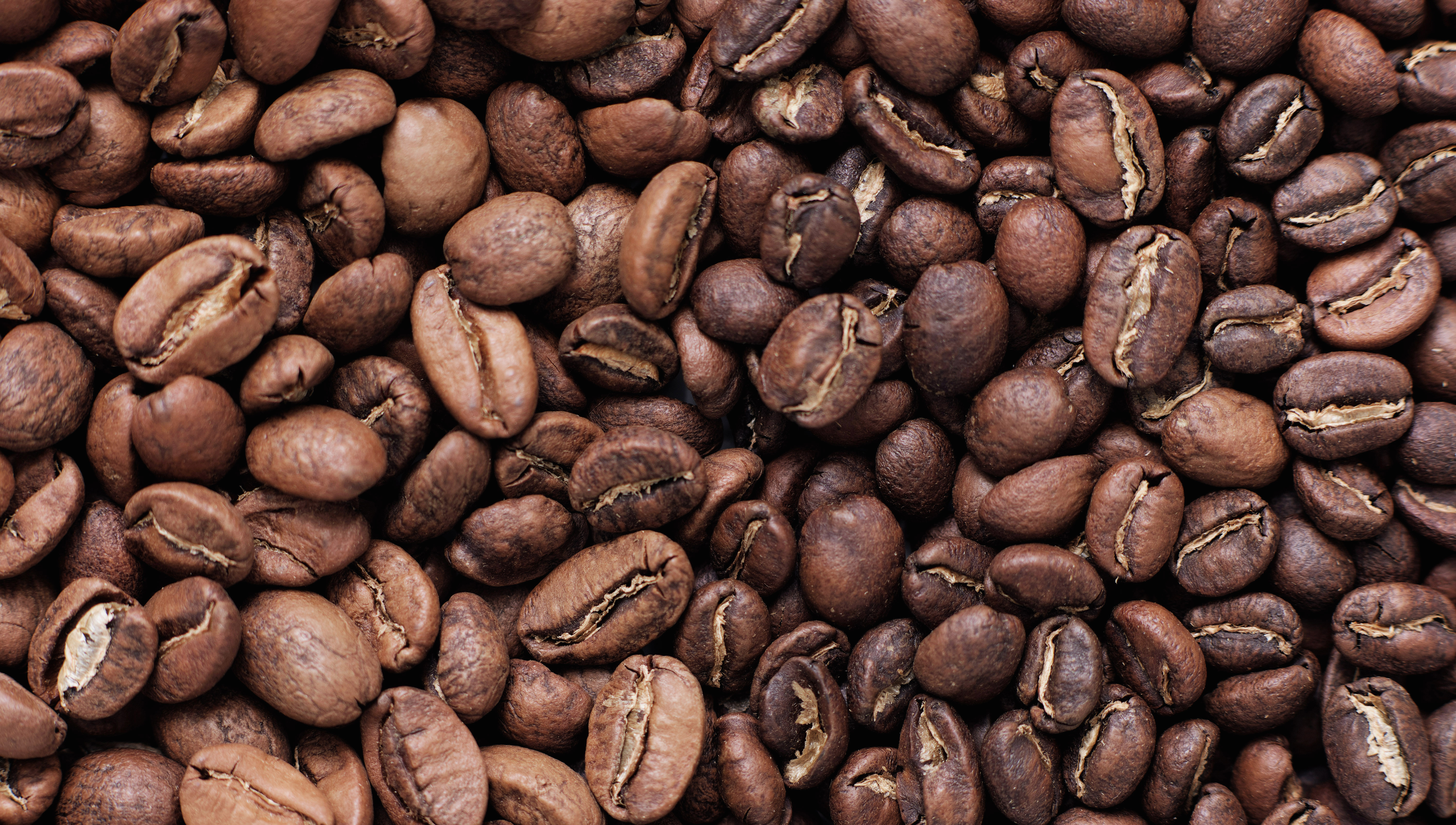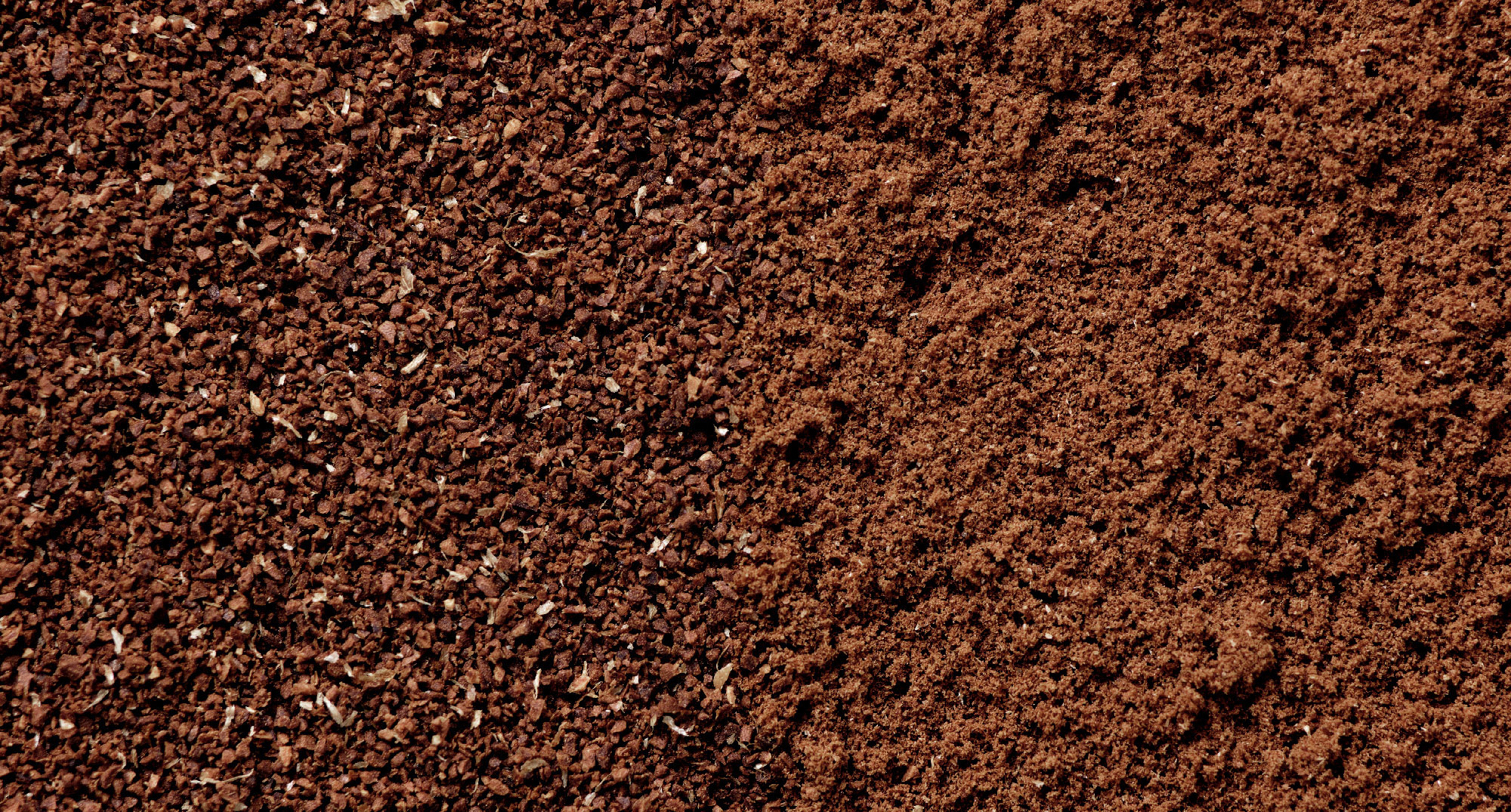Does this mean it’s underdeveloped?
Anyone who’s cupped very light roasted coffee, whether from a Nordic-style roaster, or perhaps from a sample roast, will have experienced this: it sometimes doesn’t form a crust in a cupping. When this happens on the cupping table, it can be a bit disconcerting — if all the grounds have already sunk to the bottom, have they stopped extracting before the other cups? Does ‘breaking’ a non-existent crust have any effect? And does that mean that there’s a problem with the roast?
The good news is that the crust itself doesn’t seem to be all that important to extraction. In our recent white paper on cupping, we found that stirring the cupping bowl immediately on pouring, to prevent the coffee forming a crust, didn’t prevent the coffee extracting, and that stirring the bowl later, even if the crust already dissipated, increased extraction. However, the lack of a crust does indicate a very light roast.
What Do We Mean by Underdeveloped?
‘Development’ in coffee roasting refers to two related ideas: whether the coffee has been roasted enough to become soluble enough to brew, and whether the coffee has been roasted evenly enough — in other words, how big the difference is between the centre of the bean and the outside.
‘Underdeveloped’ implies that the roast has fallen short in one or both of these aspects. One common measure of development is to measure the extraction achieved in a cupping bowl: if the coffee extracts to a reasonable percentage, perhaps 20-24% depending on the grinder and the kind of coffee, then it is considered developed. In a coffee that isn’t fully developed, the centre part of the bean may not extract to the same level, reducing the overall extraction percentage.
However, a darker roasted coffee may be considered underdeveloped if the centre is lighter roasted than the outside, even if the centre is still dark enough to extract fully — or a coffee intended for espresso may be considered underdeveloped by some even if it extracts just fine as a filter coffee. How dark a coffee should be roasted overall is also a matter of taste. Bearing all this in mind, it’s clear that whether a coffee is considered underdeveloped depends somewhat on the context, so any arbitrary measure, such as a crust forming, isn’t helpful in determining development.
Nonetheless it’s clear that less well developed coffees are less likely to form a crust, so we set up a few simple experiments to see why this might be and what it tells us about the coffee.
Grind Size Distribution
Firstly, we checked if it’s changes in the particle sizes that affect whether a crust forms. Smaller coffee particles are more likely to be kept afloat by the gas bubbles in a crust, as they are lighter, and have more surface area relative to their mass for bubbles to attach to.
Darker roasted coffees are more brittle, and so might be expected to create more fines when grinding, although the research doesn’t always back this up (E Uman et al., 2016, M Fuller & NZ Rao 2017). Since lighter roasts are less soluble, roasters may also choose a finer grind to cup lighter samples. Either way, the grind size distribution could be a factor in the crust forming.
To check this, we set up a cupping with three different grind sizes of the same coffee: the ‘coarse’ setting was suitable for a 2 cup V60, the ‘medium’ setting was a typical cupping grind, and the ‘fine’ setting was an espresso grind. We used glasses instead of bowls for the cupping, to be able to see what’s going on inside. We measured the depth of the crust at 4 minutes, and the time it took for the first gaps to appear in the crust (without stirring). All three cups had similar depth of crust, and the first gap appeared between 8-10 minutes for all three, suggesting that the grind size distribution doesn’t have a strong effect on the crust forming. Since the different grind sizes would be expected to extract differently, this also suggests that differences in extraction don’t affect the crust either.
Carbon Dioxide Content
The next likely culprit is the amount of CO2 trapped inside the coffee. Darker roasts contain more CO2, formed as a result of the Maillard and pyrolytic reactions that take place during roasting (B Bonnländer et al, 2005). The amount of CO2 trapped in the beans after roasting can be anywhere from 2-10ml per gram of coffee, depending on the degree of roast (E Shimoni and TP Labuza, 2000).
To see how big an effect this has, we added a small amount of sodium bicarbonate to one of the bowls to see the effect of the extra CO2 this releases. We added 0.2g to a 12g cupping, enough to increase the CO2 content by 5ml/g, approximating the difference between a light roast and a dark roast. The coffee we used for this cupping was both lightly roasted and 4 weeks after roasting, so likely had a relatively low CO2 content.
The bicarbonate had a dramatic effect on the crust, doubling the volume of the crust and causing it to last more than an hour without breaking, while the crust in the control cupping began to dissipate after about 10 minutes.
Pouring and Bowl Geometry
Aside from the coffee itself, there are other factors that can affect whether a crust forms. The way the water is poured in changes how much the coffee gets agitated, affecting extraction and also potentially disturbing the crust. We set up three cups, pouring water into one slowly down the side of the bowl to minimise agitation, one faster into the middle of the cup, and poured one in fast circles to maximise agitation. The more aggressive pours made for slightly deeper crusts, that lasted for considerably longer (14 and 18 minutes, compared to 8 minutes for the slow pour). The crusts also looked different — the gentle pour resulted in more grounds visible in the crust, but a thinner layer of bubbles on top.
The shape of the cupping bowl also had a strong effect — the crust in a wider cupping bowl dissipated after just 3 minutes, while the crust in the regular size bowl lasted 11 minutes, and in a narrow glass for over an hour.
Conclusion
It’s a common observation that lighter roasts form thinner crusts that last for less time. Based on these experiments, this is probably due to the lower CO2 content in these roasts, rather than any difference in how those coffees grind or extract. All other factors being equal, we would expect more developed roasts to form a thicker and longer lasting crust for this reason. However, it’s not enough to say that if the crust breaks, the coffee is underdeveloped. Other factors, including the way you pour, the shape of the bowl, the freshness of the coffee, and presumably the density of the beans, also affect the crust, meaning that it’s impossible to make a generalisation that a failed crust means an underdeveloped coffee. Measuring the extraction, and tasting the coffee, is the only sure way to know whether a coffee is soluble enough for the purpose it was intended.






Thanks for a comprehensive look at the crust formation. Before this article I attributed most of the crust formation to the level of CO2 trapped in the beans.
Thanks for article